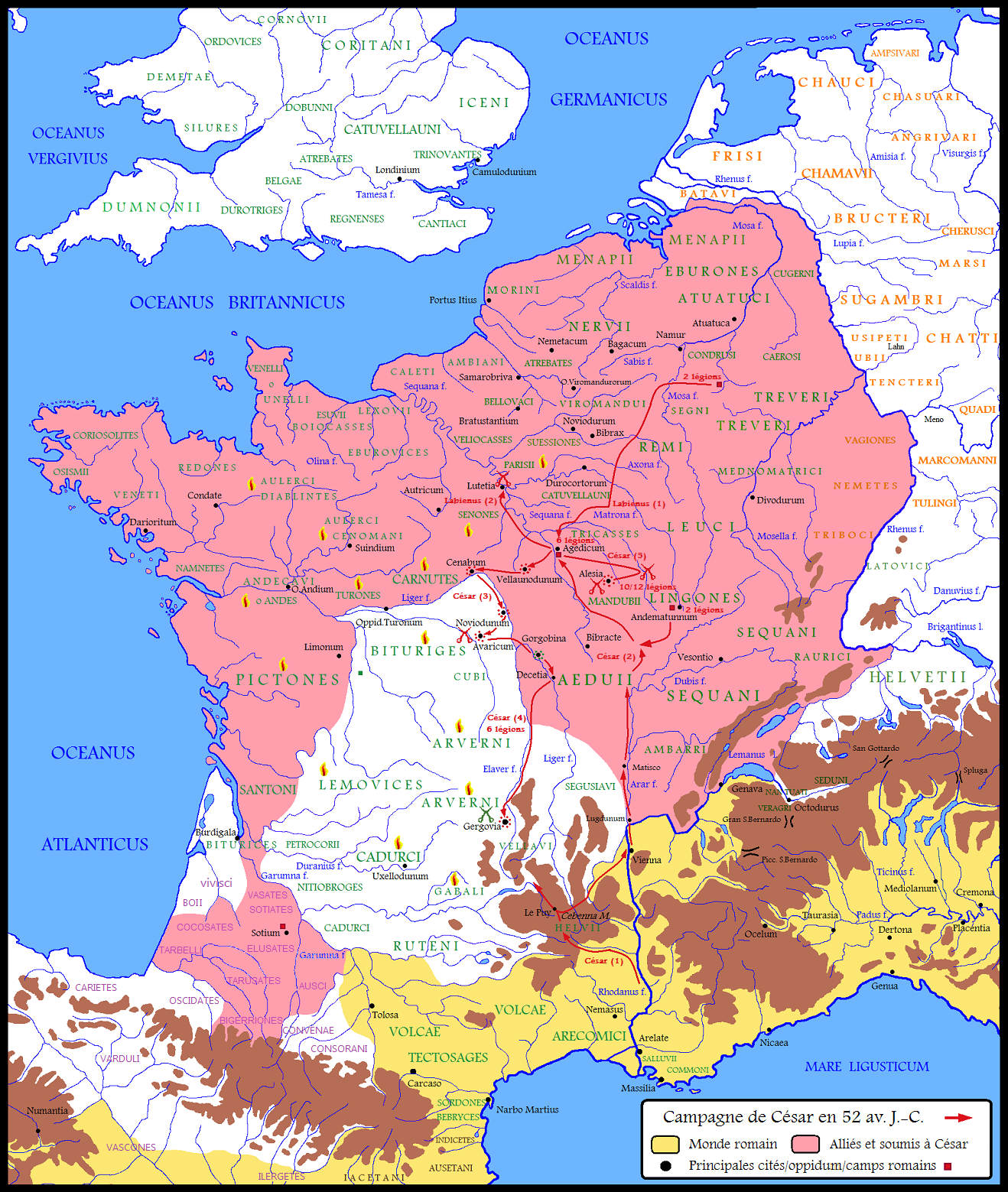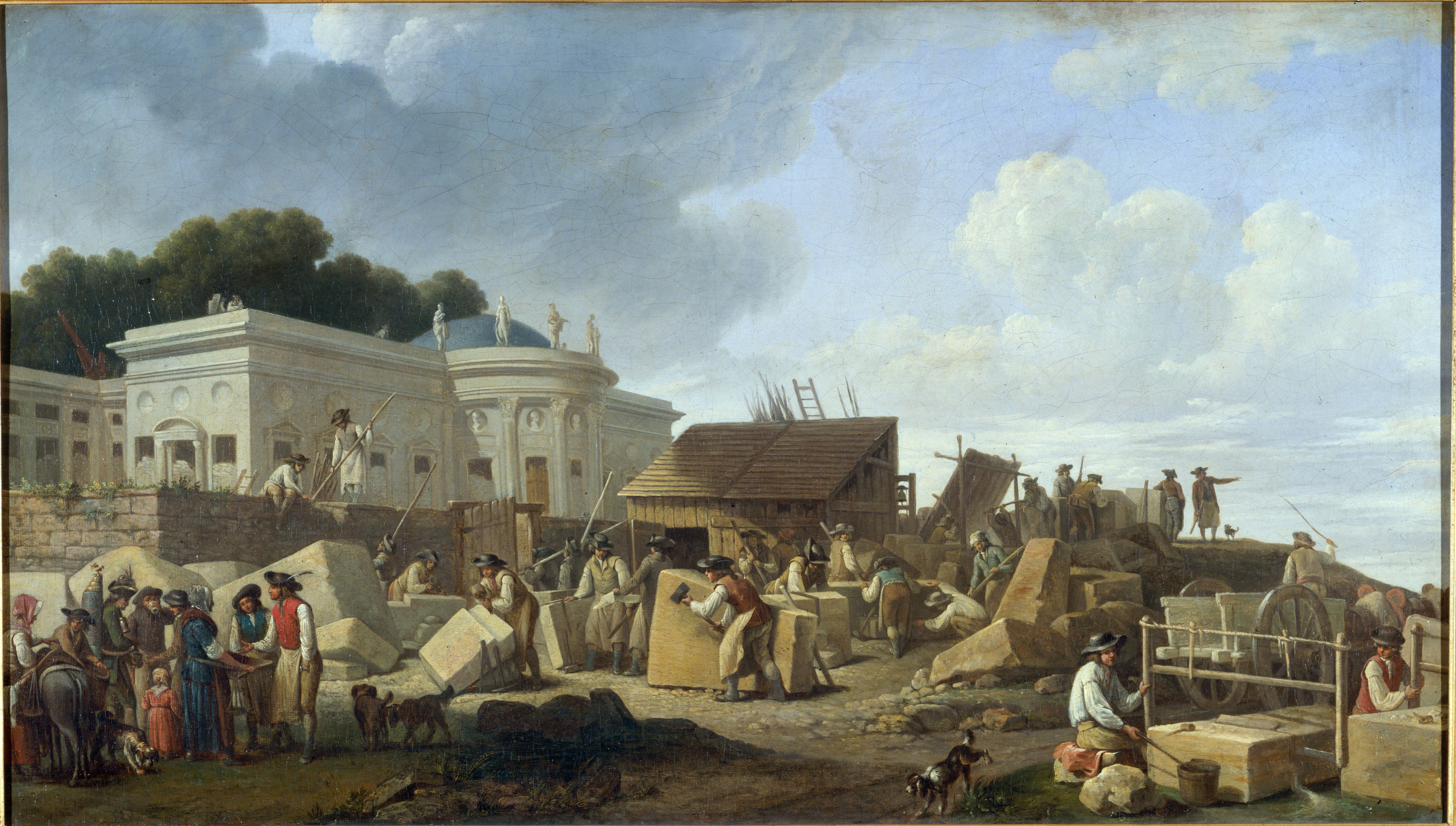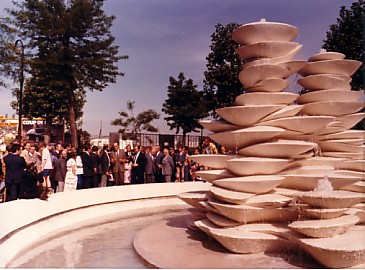|
Grenelle
Grenelle () is a neighbourhood in southwestern Paris, France. It is a part of the 15th arrondissement of the city. There is currently a Boulevard de Grenelle which runs along the North delimitation of the ''quartier'', and a Rue de Grenelle, a few kilometers North-East in the 7th arrondissement. History In 52 BC, ''Garanella'' plain was the site of the Battle of Lutetia between the troops of the Gaulish chief Camulogène and the Roman legion under General Labienus. Despite their courageous resistance, the Gauls were defeated. Towards the middle of the 13th century, Grenelle became a fiefdom of the Abbey of St Genevieve and became part of the village of Vaugirard. On May 15, 1824, two city councillors from Vaugirard, Jean-Léonard Violet and Alphonse Letellier, bought and divided up Grenelle plain. They did this rather quickly, and the new ''quartier'' '' Beaugrenelle'' was founded on June 27, 1824. Thenceforth, under the encouragement of a group of entrepreneurs (the ' ... [...More Info...] [...Related Items...] OR: [Wikipedia] [Google] [Baidu] |
Battle Of Lutetia
The Battle of Lutetia was a battle on the plain of Grenelle in what is now Paris between Roman forces under Titus Labienus and an anti-Roman Gallic coalition in 52 BC during the Gallic Wars. It was a Roman victory. Prelude Caesar sent Labienus to campaign against the peoples of the Seine, whilst Caesar himself marched on Gergovia. He captured the oppidum of ''Metlosedum'' (possibly present-day Melun), and crossed the Seine to attack the Gallic coalition near Lutetia. Threatened by the Bellovaci (a powerful Belgae tribe), he decided to re-cross the Seine to rejoin Caesar's force at Agedincum (Sens). Feinting a general retreat, Labienus in fact crossed the river. The Gauls of the Seine coalition tried to block his path to Caesar and battle was joined. Battle After the two sides engaged the Seventh legion, placed on the right wing, started to push back the Gallic left. On the Roman left the Twelfth legion's pilum volleys broke up the Gauls first charge, but they resisted the Ro ... [...More Info...] [...Related Items...] OR: [Wikipedia] [Google] [Baidu] |
Paris 15e Arrondissement - Quartiers
Paris () is the Capital city, capital and List of communes in France with over 20,000 inhabitants, most populous city of France, with an estimated population of 2,165,423 residents in 2019 in an area of more than 105 km² (41 sq mi), making it the List of cities proper by population density, 30th most densely populated city in the world in 2020. Since the 17th century, Paris has been one of the world's major centres of finance, diplomacy, commerce, Fashion capital, fashion, gastronomy, and science. For its leading role in the arts and sciences, as well as its very early system of street lighting, in the 19th century it became known as "the City of Light". Like London, prior to the Second World War, it was also sometimes called Caput Mundi#Paris, the capital of the world. The City of Paris is the centre of the Île-de-France Regions of France, region, or Paris Region, with an estimated population of 12,262,544 in 2019, or about 19% of the population of France, making the ... [...More Info...] [...Related Items...] OR: [Wikipedia] [Google] [Baidu] |
Paris
Paris () is the capital and most populous city of France, with an estimated population of 2,165,423 residents in 2019 in an area of more than 105 km² (41 sq mi), making it the 30th most densely populated city in the world in 2020. Since the 17th century, Paris has been one of the world's major centres of finance, diplomacy, commerce, fashion, gastronomy, and science. For its leading role in the arts and sciences, as well as its very early system of street lighting, in the 19th century it became known as "the City of Light". Like London, prior to the Second World War, it was also sometimes called the capital of the world. The City of Paris is the centre of the Île-de-France region, or Paris Region, with an estimated population of 12,262,544 in 2019, or about 19% of the population of France, making the region France's primate city. The Paris Region had a GDP of €739 billion ($743 billion) in 2019, which is the highest in Europe. According to the Economist Intelli ... [...More Info...] [...Related Items...] OR: [Wikipedia] [Google] [Baidu] |
7th Arrondissement Of Paris
The 7th arrondissement of Paris (''VIIe arrondissement'') is one of the 20 Arrondissements of Paris, arrondissements of the capital city of France. In spoken French, this arrondissement is referred to as ''le septième''. The arrondissement, called Palais-Bourbon in a reference to the seat of the National Assembly (France), National Assembly, includes some of the major and well-known tourist attractions of Paris, such as the Eiffel Tower, the Les Invalides, Hôtel des Invalides (Napoleon's resting place), the Chapel of Our Lady of the Miraculous Medal, as well as a concentration of museums such as the Musée d'Orsay, Musée Rodin and the Musée du Quai Branly – Jacques Chirac. Situated on the Rive Gauche—the "Left" bank of the Seine, River Seine—this central arrondissement, which includes the historical aristocratic neighbourhood of Faubourg Saint-Germain, contains a number of French national institutions, among them the National Assembly and numerous Ministry (government ... [...More Info...] [...Related Items...] OR: [Wikipedia] [Google] [Baidu] |
Javel, France
The Javel neighborhood (French: ''quartier de Javel'') is the 60th administrative district of Paris situated in the 15th arrondissement. Location Situated on 261 hectares, the neighborhood is bordered to the north by Rue Linois and Rue des Entrepreneurs, to the east by Rue de la Croix-Nivert and Rue Lecourbe, to the south by the Paris - Issy-les-Moulineaux heliport, and to the west by the Seine. History In the 15th century, the neighborhood was named "Javetz" and situated to the south of the Grenelle plain bordering the Seine and to the west of Paris. The neighborhood was founded as a small port and a boat garage. The region became better known starting in the 17th century for its windmill and its stylish gathering spots frequented by swimmers, fishermen, and boaters. From the 19th to the 20th century, the name of this place was spelled "Javelle". Before its annexation to Paris in 1860, it was part of the commune of Issy. Afterwards, it became industrialized with the i ... [...More Info...] [...Related Items...] OR: [Wikipedia] [Google] [Baidu] |
Districts Of Paris
A district is a type of administrative division that, in some countries, is managed by the local government. Across the world, areas known as "districts" vary greatly in size, spanning regions or counties, several municipalities, subdivisions of municipalities, school district, or political district. By country/region Afghanistan In Afghanistan, a district (Persian ps, ولسوالۍ ) is a subdivision of a province. There are almost 400 districts in the country. Australia Electoral districts are used in state elections. Districts were also used in several states as cadastral units for land titles. Some were used as squatting districts. New South Wales had several different types of districts used in the 21st century. Austria In Austria, the word is used with different meanings in three different contexts: * Some of the tasks of the administrative branch of the national and regional governments are fulfilled by the 95 district administrative offices (). The area a dis ... [...More Info...] [...Related Items...] OR: [Wikipedia] [Google] [Baidu] |
Paris Commune
The Paris Commune (french: Commune de Paris, ) was a revolutionary government that seized power in Paris, the capital of France, from 18 March to 28 May 1871. During the Franco-Prussian War of 1870–71, the French National Guard had defended Paris, and working-class radicalism grew among its soldiers. Following the establishment of the Third Republic in September 1870 (under French chief executive Adolphe Thiers from February 1871) and the complete defeat of the French Army by the Germans by March 1871, soldiers of the National Guard seized control of the city on March 18. They killed two French army generals and refused to accept the authority of the Third Republic, instead attempting to establish an independent government. The Commune governed Paris for two months, establishing policies that tended toward a progressive, anti-religious system of social democracy, including the separation of church and state, self-policing, the remission of rent, the abolition of child l ... [...More Info...] [...Related Items...] OR: [Wikipedia] [Google] [Baidu] |
Frederic Shoberl
Frederic Shoberl (1775–1853), also known as Frederick Schoberl, was an English journalist, editor, translator, writer and illustrator. Shoberl edited ''Forget-Me-Not'', the first literary annual, issued at Christmas "for 1823" and translated ''The Hunchback of Notre Dame''. Biography Shoberl was born in London in 1775, and educated at the Moravian school at the Fulneck Moravian Settlement in West Yorkshire.G. C. Boase, "Shoberl , Frederic (1775–1853)", rev. Nilanjana Banerji, ''Oxford Dictionary of National Biography'', Oxford University Press, 200retrieved 1 June 2010/ref> From 1809 he began editing Rudolph Ackermann's ''Repository of Arts'' which had just started and was only at its third edition. Ackermann was seen as the populariser of aquatint engraving and his ''Repository of Arts'' was intended to cover "arts, literature, commerce, manufactures, fashions, and politics". At the beginning of February 1814, Shoberl and Henry Colburn founded and became co-proprietors of ... [...More Info...] [...Related Items...] OR: [Wikipedia] [Google] [Baidu] |
Adolphe Thiers
Marie Joseph Louis Adolphe Thiers ( , ; 15 April 17973 September 1877) was a French statesman and historian. He was the second elected President of France and first President of the French Third Republic. Thiers was a key figure in the July Revolution of 1830, which overthrew King Charles X in favor of the more liberal King Louis Philippe, and the French Revolution of 1848, which overthrew the House of Orléans, Orléans monarchy and established the Second French Republic. He served as a prime minister in 1836 and 1840, dedicated the Arc de Triomphe, and arranged the return to France of the remains of Napoleon from Saint-Helena. He was first a supporter, then a vocal opponent of Louis-Napoléon Bonaparte (who served from 1848 to 1852 as President of the Second Republic and then reigned as Emperor Napoleon III from 1852 to 1871). When Napoleon III seized power, Thiers was arrested and briefly expelled from France. He then returned and became an opponent of the government. Followi ... [...More Info...] [...Related Items...] OR: [Wikipedia] [Google] [Baidu] |
Vandalism
Vandalism is the action involving deliberate destruction of or damage to public or private property. The term includes property damage, such as graffiti and defacement directed towards any property without permission of the owner. The term finds its roots in an Enlightenment view that the Germanic Vandals were a uniquely destructive people. Etymology The Vandals, an ancient Germanic people, are associated with senseless destruction as a result of their sack of Rome under King Genseric in 455. During the Enlightenment, Rome was idealized, while the Goths and Vandals were blamed for its destruction. The Vandals may not have been any more destructive than other invaders of ancient times, but they did inspire English poet John Dryden to write, ''Till Goths, and Vandals, a rude Northern race, Did all the matchless Monuments deface'' (1694). However, the Vandals did intentionally damage statues, which may be why their name is associated with the vandalism of art. The term ''Va ... [...More Info...] [...Related Items...] OR: [Wikipedia] [Google] [Baidu] |
Baron Haussmann
Baron is a rank of nobility or title of honour, often hereditary, in various European countries, either current or historical. The female equivalent is baroness. Typically, the title denotes an aristocrat who ranks higher than a lord or knight, but lower than a viscount or count. Often, barons hold their fief – their lands and income – directly from the monarch. Barons are less often the vassals of other nobles. In many kingdoms, they were entitled to wear a smaller form of a crown called a ''coronet''. The term originates from the Latin term , via Old French. The use of the title ''baron'' came to England via the Norman Conquest of 1066, then the Normans brought the title to Scotland and Italy. It later spread to Scandinavia and Slavic lands. Etymology The word ''baron'' comes from the Old French , from a Late Latin "man; servant, soldier, mercenary" (so used in Salic law; Alemannic law has in the same sense). The scholar Isidore of Seville in the 7th century thoug ... [...More Info...] [...Related Items...] OR: [Wikipedia] [Google] [Baidu] |






.jpg)

